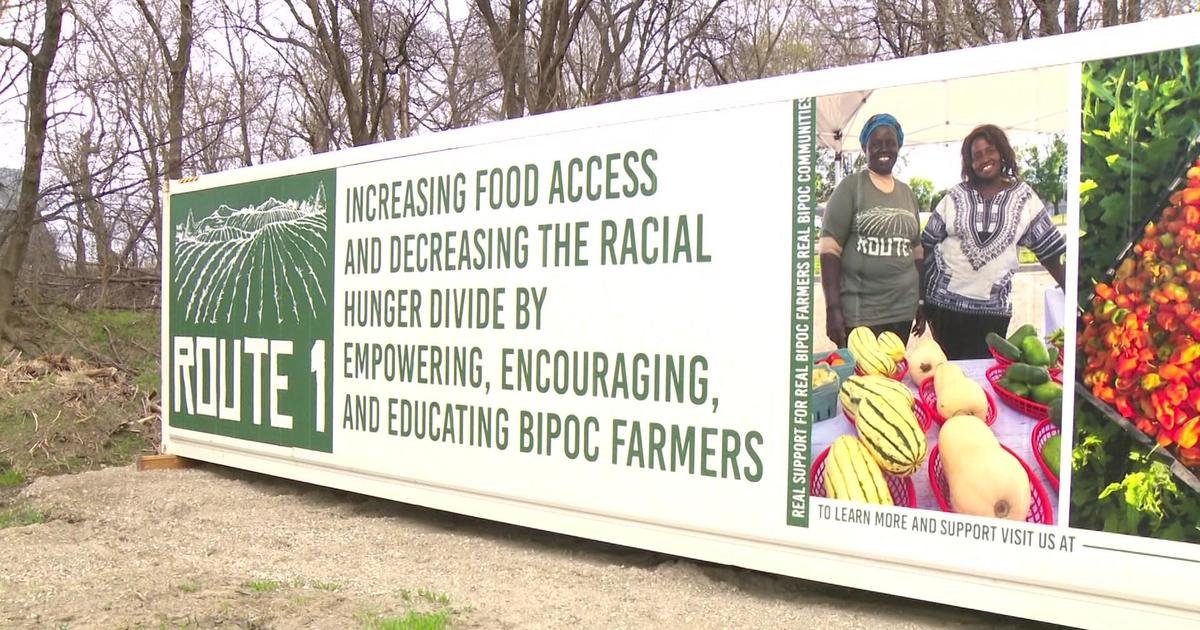The Minnesota Flavor Of Wine & Spirits
PARK RAPIDS, Minn. (WCCO) -- Our state is known for its 10,000 lakes, frigid winters and "Minnesota Nice," but fewer people know about the "Minnesota Flavor."
It's a mellow sweetness that many winemakers and distilleries count on, and it comes from a surprising source – our woods.
Most of the flavor and color of a fine bourbon comes from the barrel rather than the distilling process.
Minnesota grows some of the finest American white oaks for wine and whiskey barrels.
Heidi Karasch's barrel-making company near Park Rapids, Black Swan Cooperage, can hardly keep up now with demand.
"We're about four, five months out on production with orders on the line," she said.
Black Swan is refining the process of getting sweetness from the barrels. It starts with a flame toasting to caramelize the natural sugars in the wood.
"There's about 27 different types of sugars in the white oak tree," Karasch said.
Then, if the barrel is being used for whiskey, there's another step. It's a brief but powerful blast of fire to produce a char layer.
"And what the char layer does is basically [act as] a carbon filter," said Karasch, "so it will filter off any impurities."
As the whiskey ages in the charred barrels, it becomes darker, more refined and sweeter.
Karasch's father, Russ, is a master cooper who taught his daughter the craft.
"If you've got a good quality spirit and you're putting it in a barrel," he said, "absolutely most of the flavor is coming out of that barrel."
The credit for the better taste goes to Minnesota's climate. Long winters lead to a slow-growing season. That means tighter grain and fewer of the tannins that would cause bitterness.
"There's way more vanilla in both Minnesota and Wisconsin wood than there are in other woods," said Russ Karasch.
By the time the individual oak planks, or staves, are ready to assemble, they too have been aged outside.
"The growth of the craft distilling industry has been tremendous over the past four years," Karasch said. "It's probably grown triple since we started four years ago."
Traditionally, French white oak has been viewed as the premier wood for barrels, but American white oak – from Minnesota, Pennsylvania, Virginia and Missouri -- is gaining in popularity.
Mike Staggemeyer runs a mill in Caledonia, in extreme southeastern Minnesota.
"The last three years," he said, "we've had triple the sales that we can produce."
Workers at Staggemeyer Stave produce the white oak slats that are pieced together to make a barrel. Those barrels end up in California, Australia, Hungary, Spain and even France.
Europeans used to turn up their noses at American oak, but "now they're buying it," Staggemeyer said.
Many of Staggemeyer's staves will be aged for Jack Daniels. The finest pieces will be saved for winemakers.
"The zinfandel really works well with our wood," he said.
It's a part of the process that drinkers don't often think about, but some of the sweetness of happy hour starts right here.
"When people are sad, they drink," said Staggemeyer, "and (when) people are happy they drink, so it's a good business."
White oaks are abundant in Minnesota -- especially in the southeastern corner.
The DNR says this type of market for barrels helps manage the resource.



